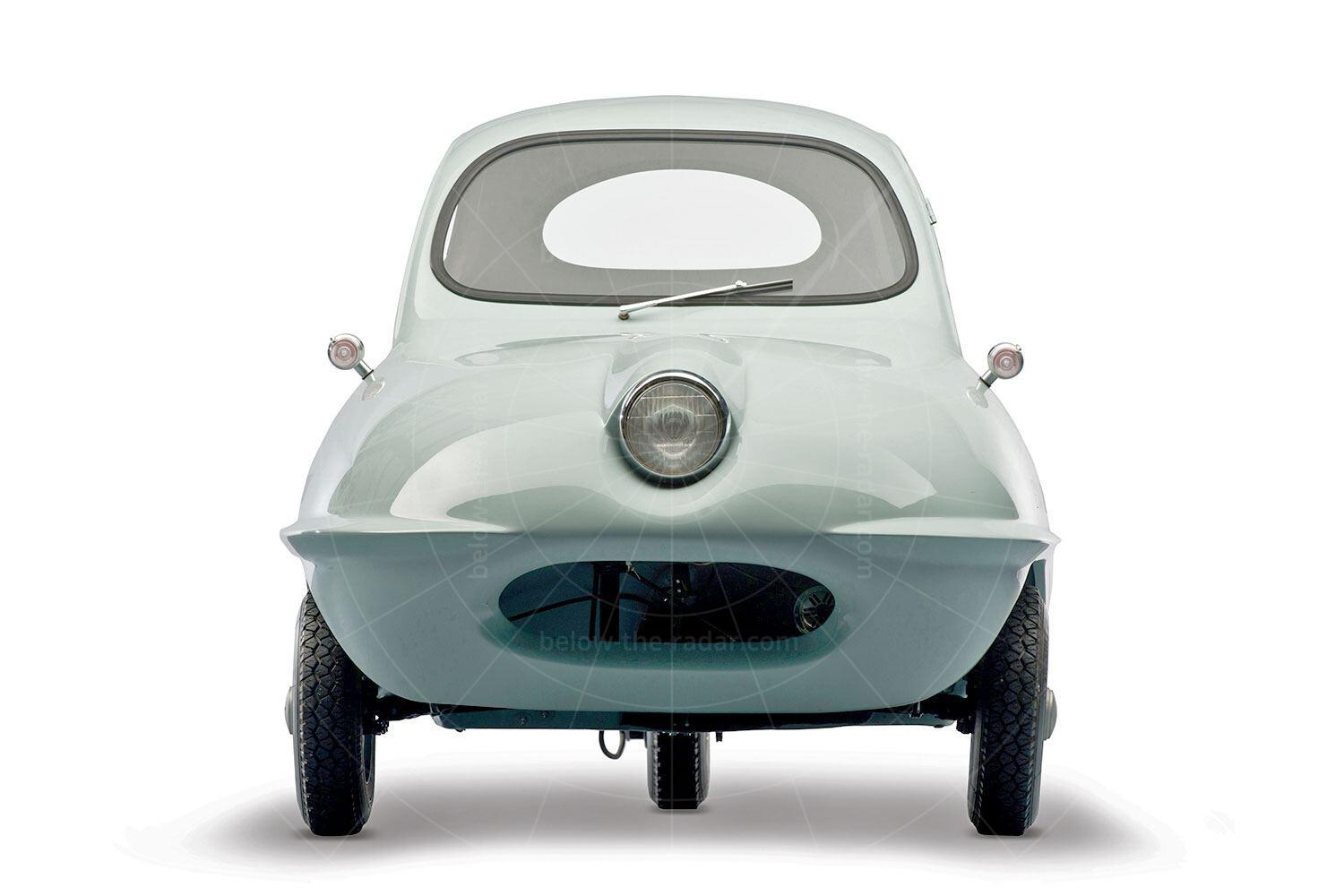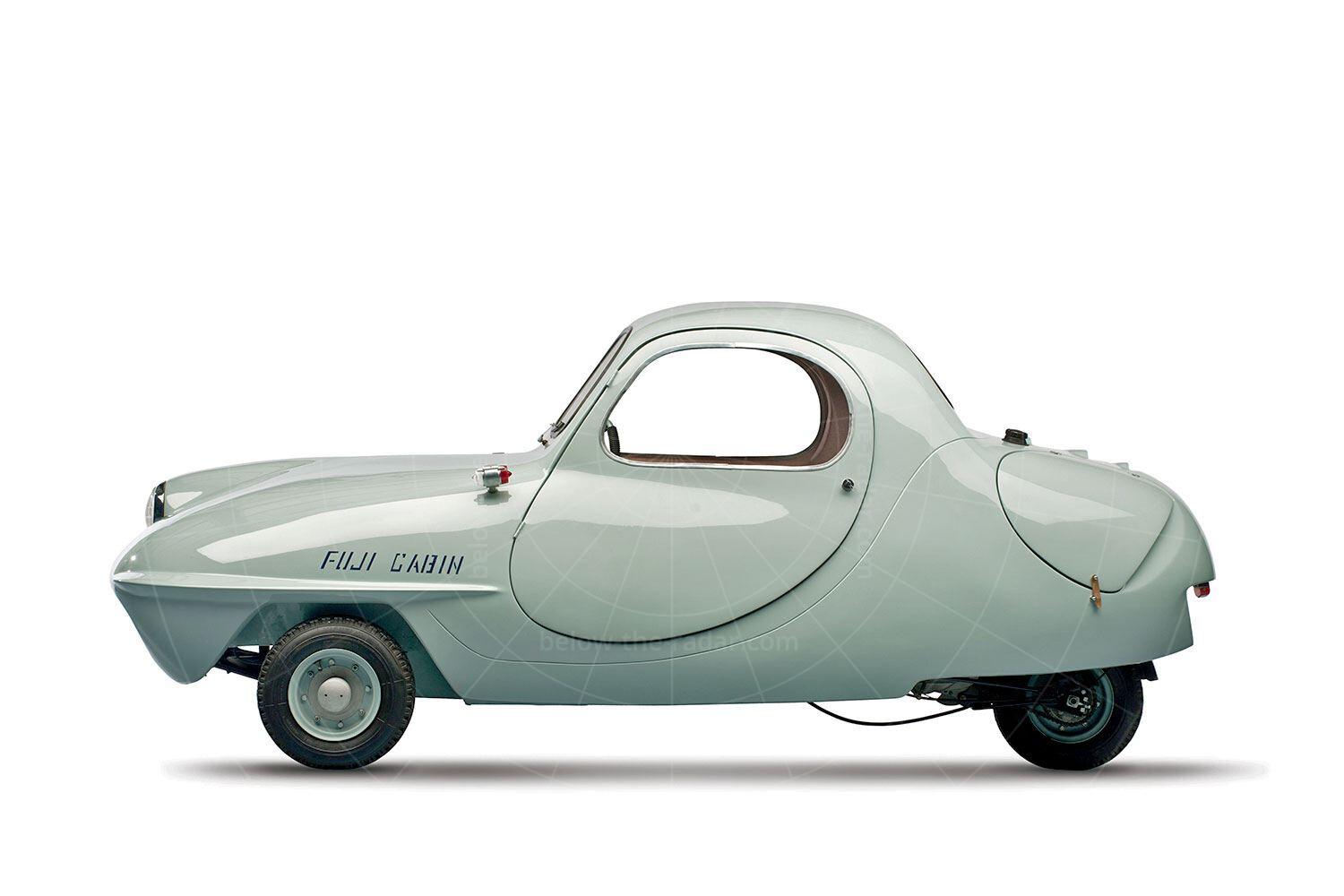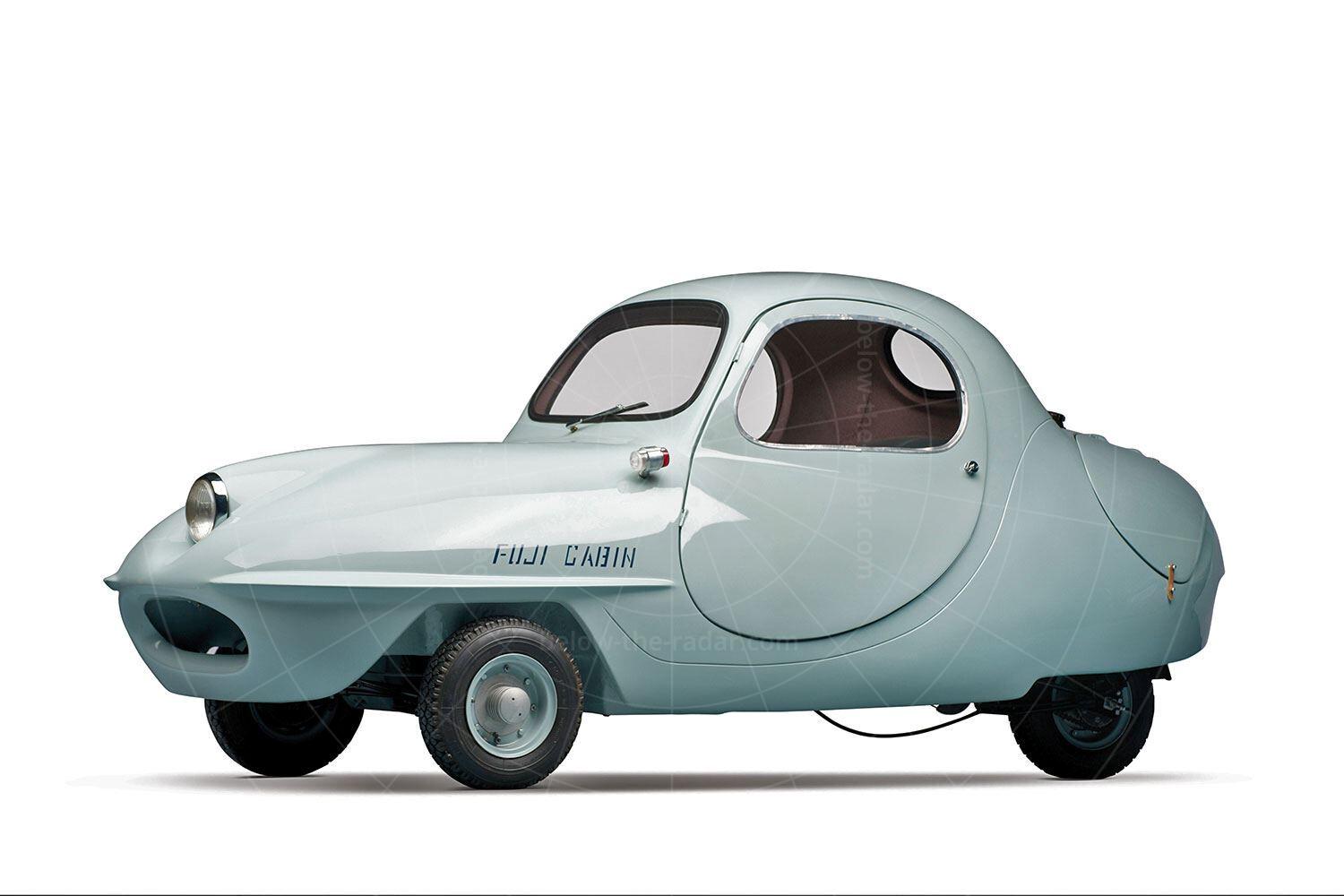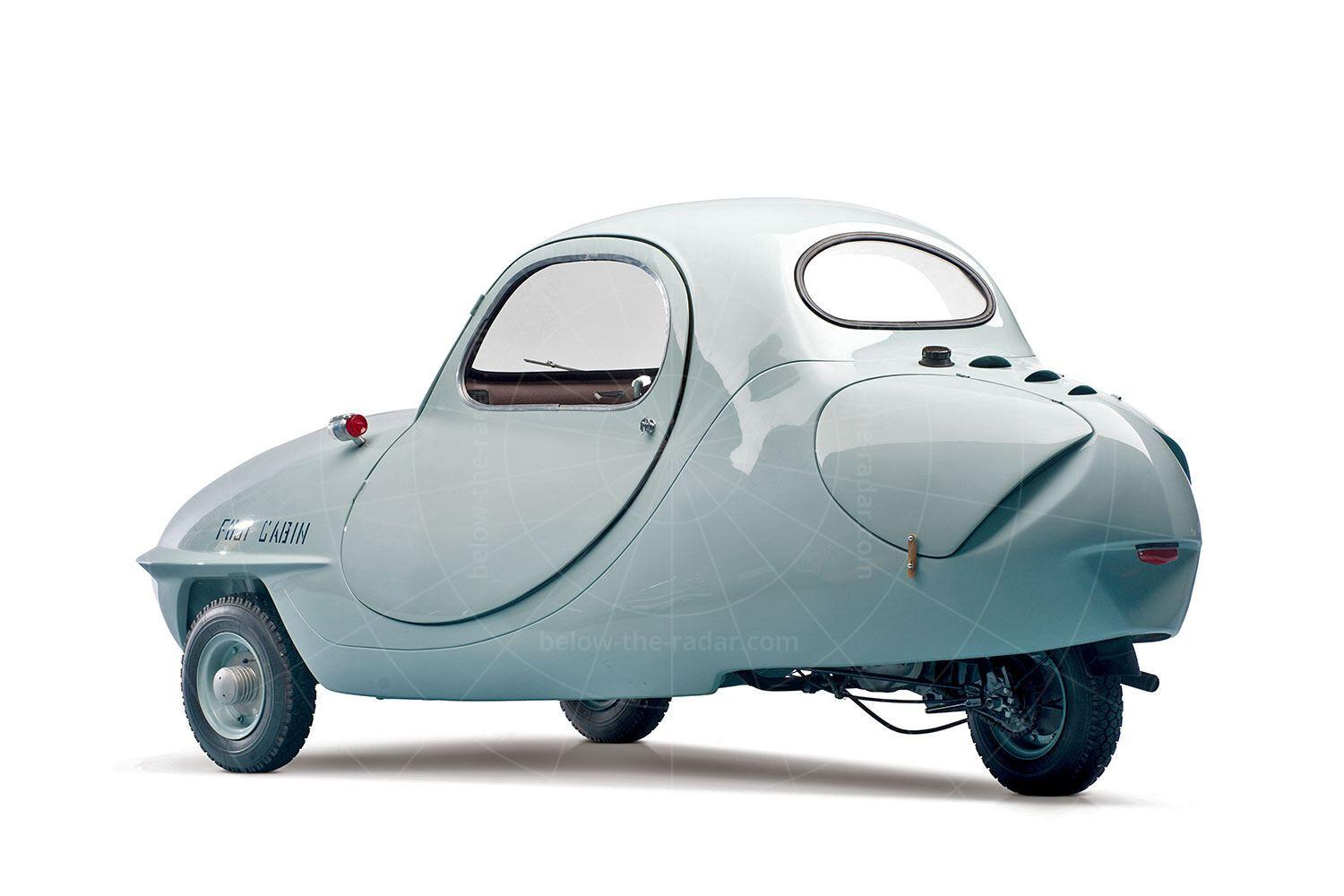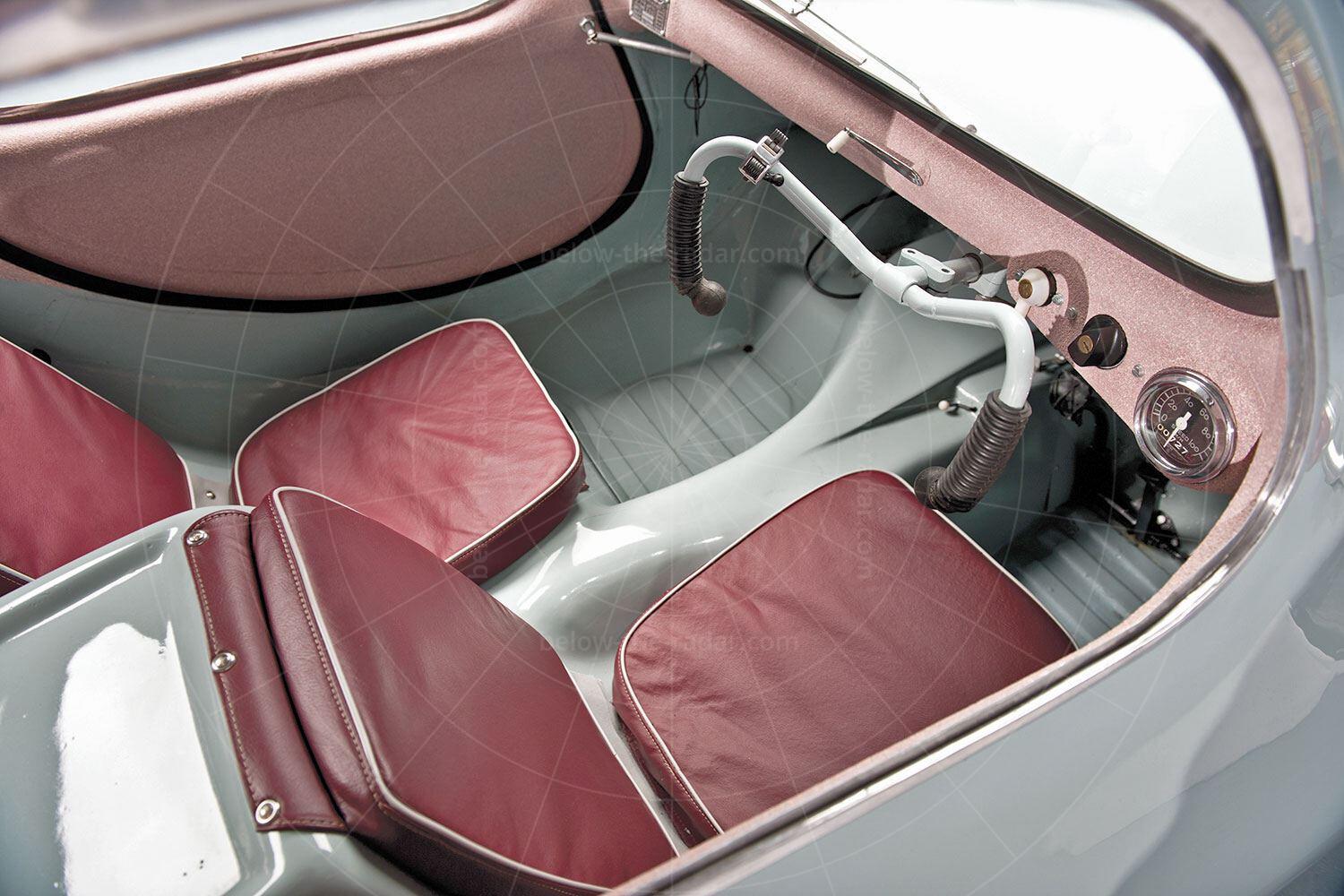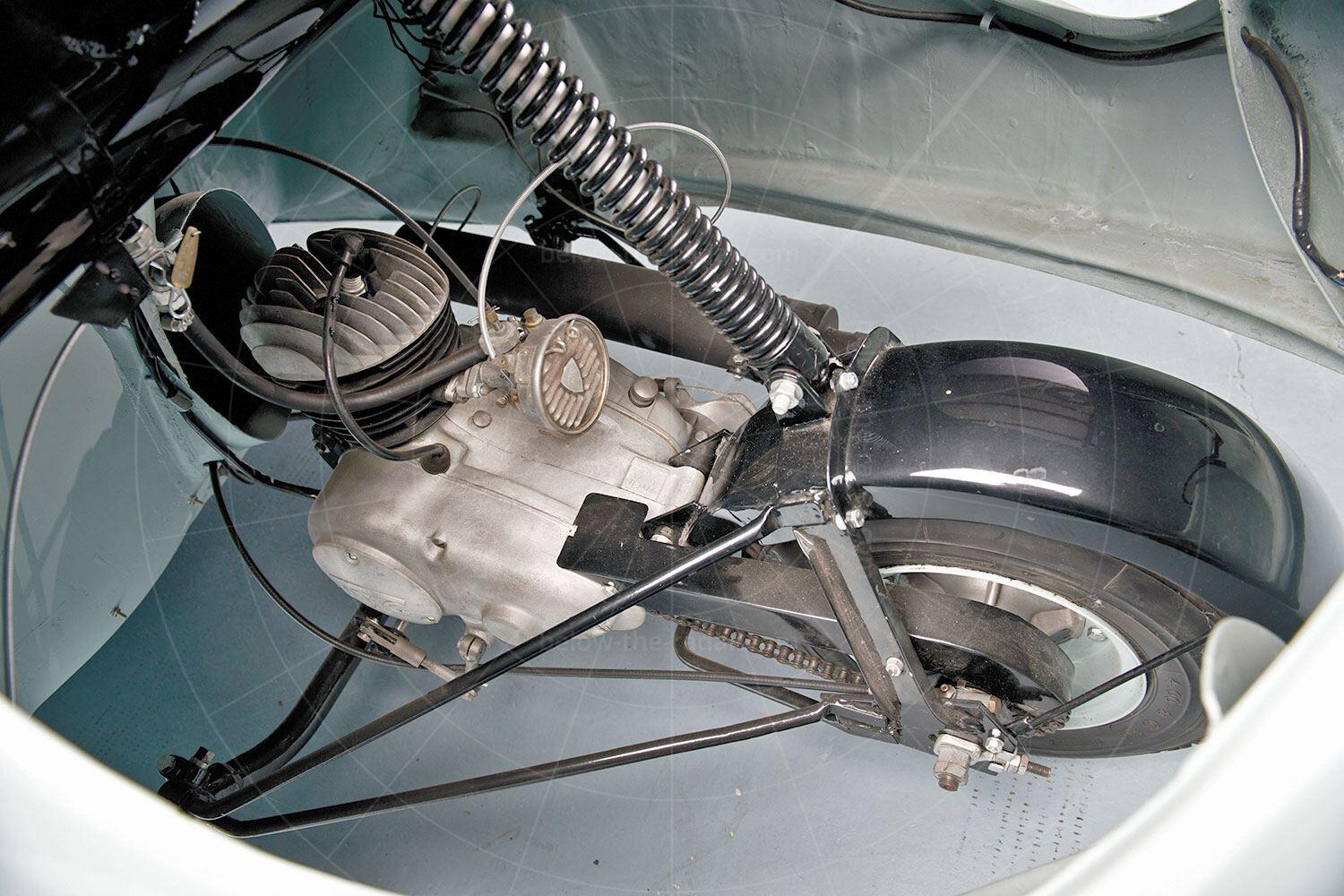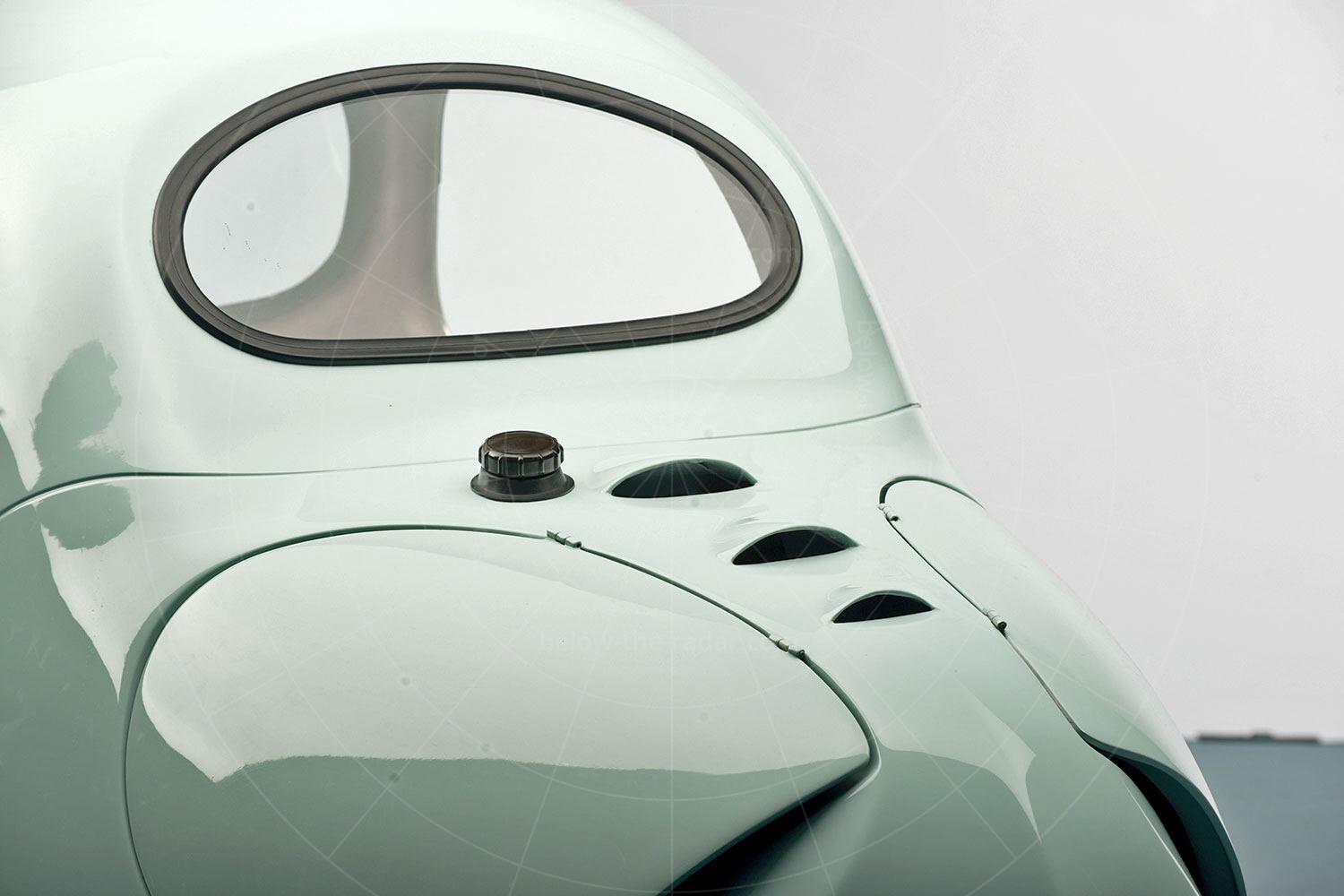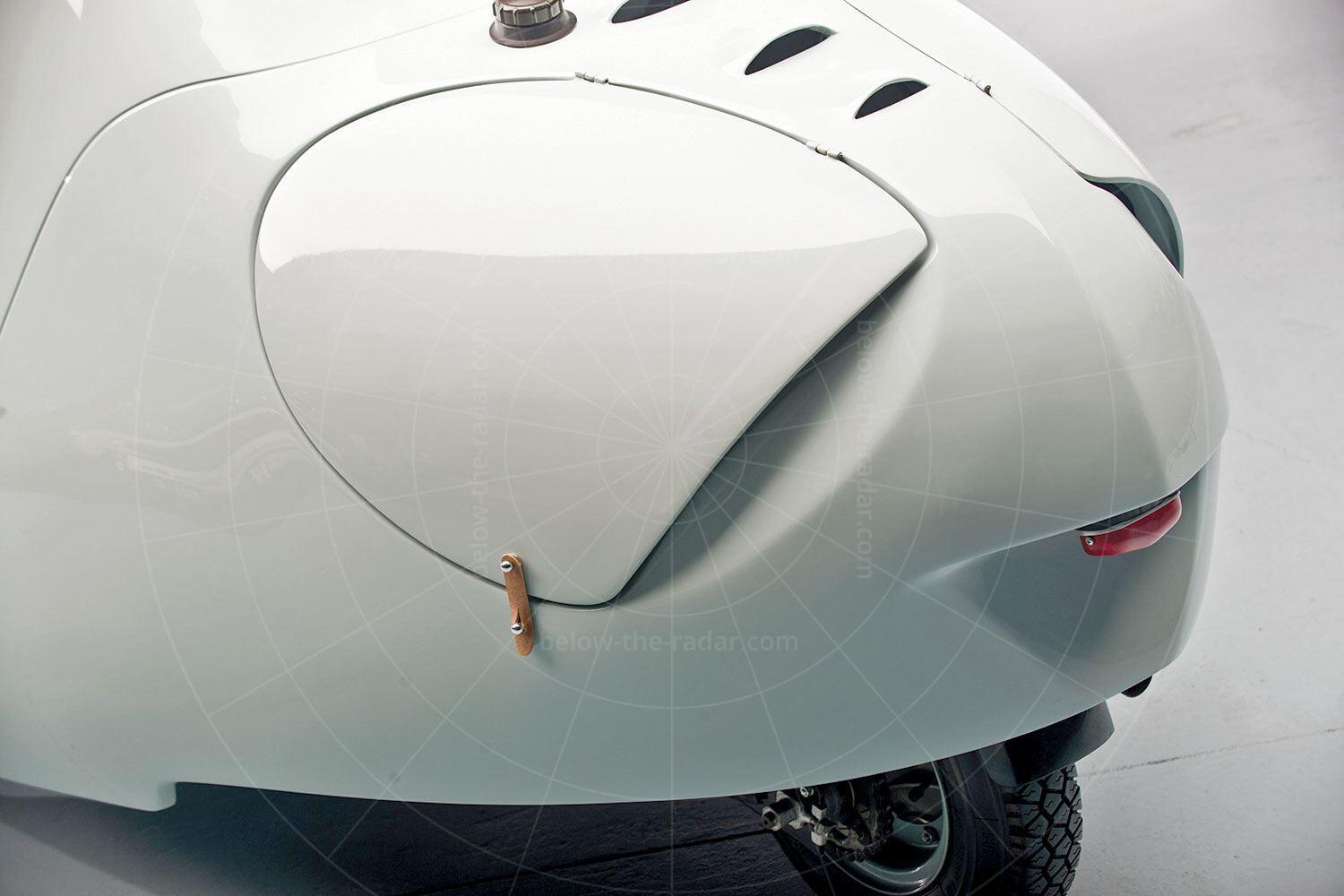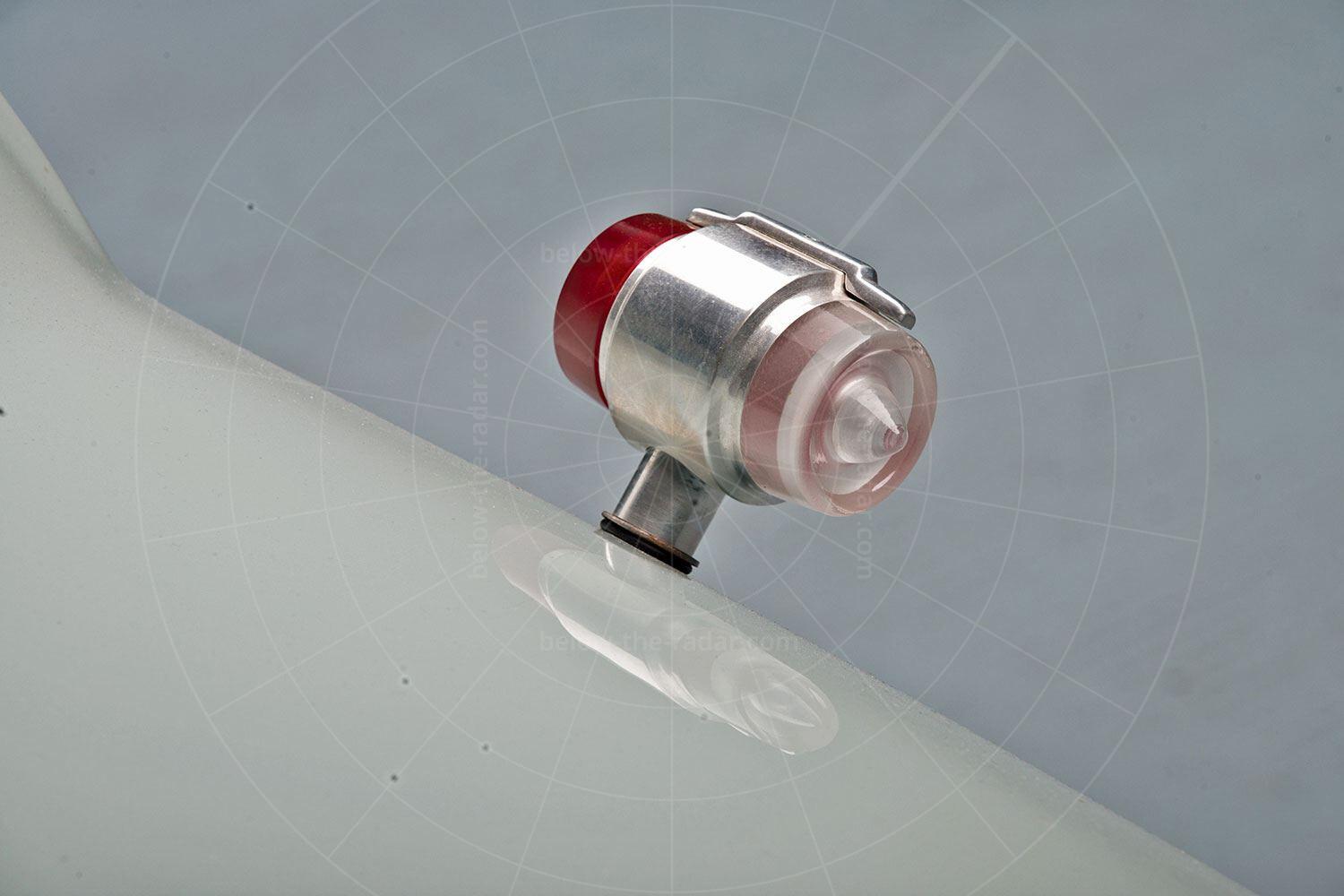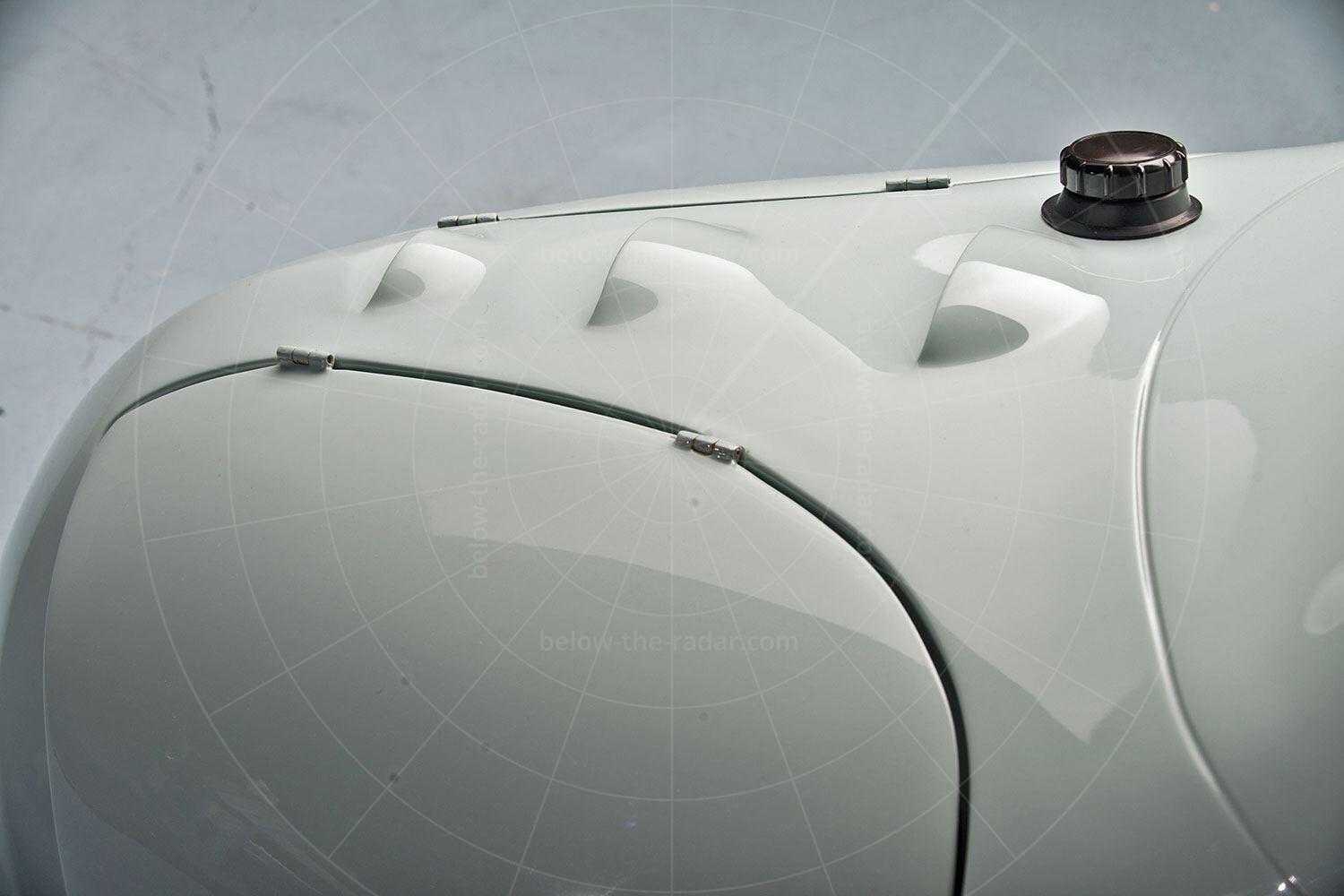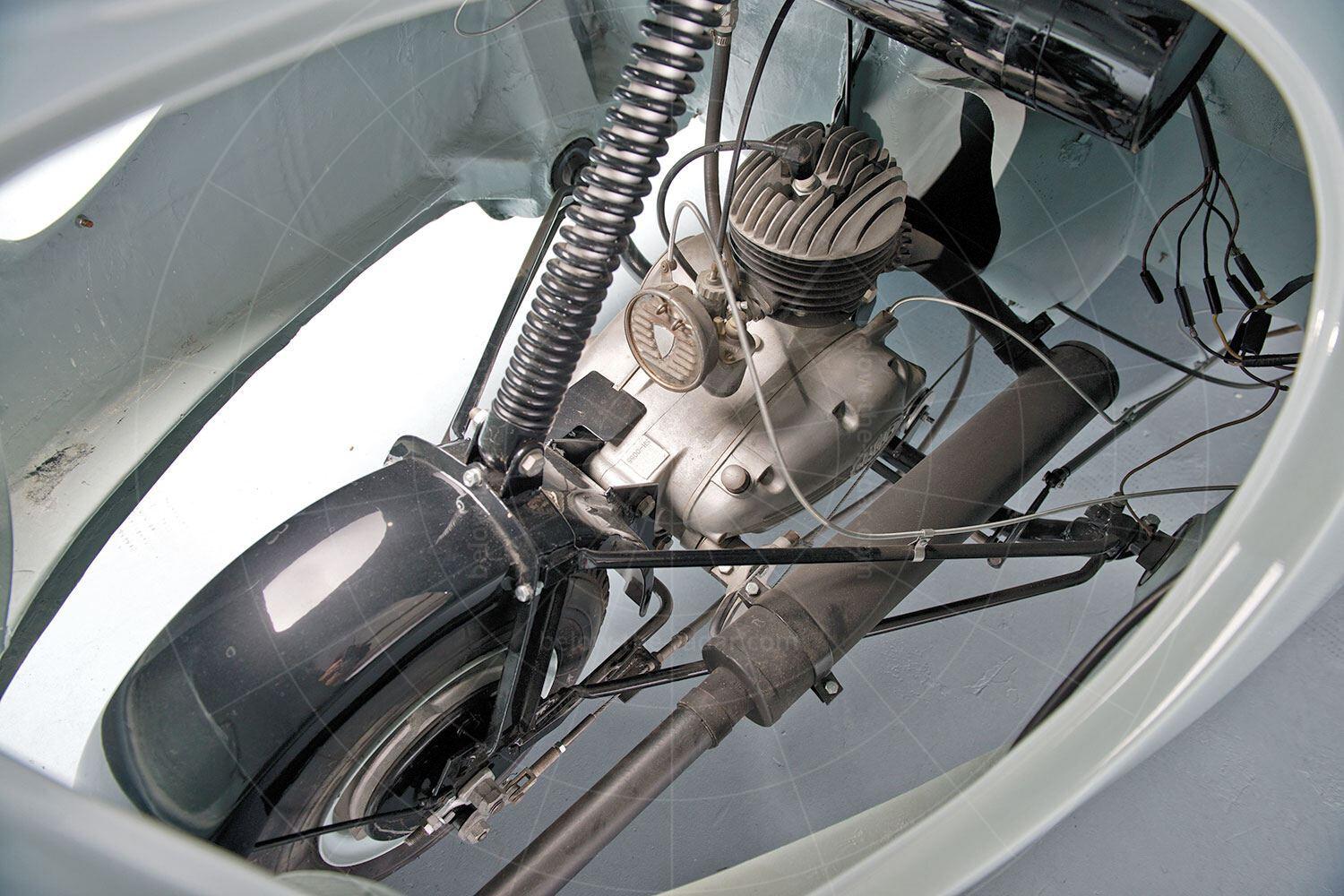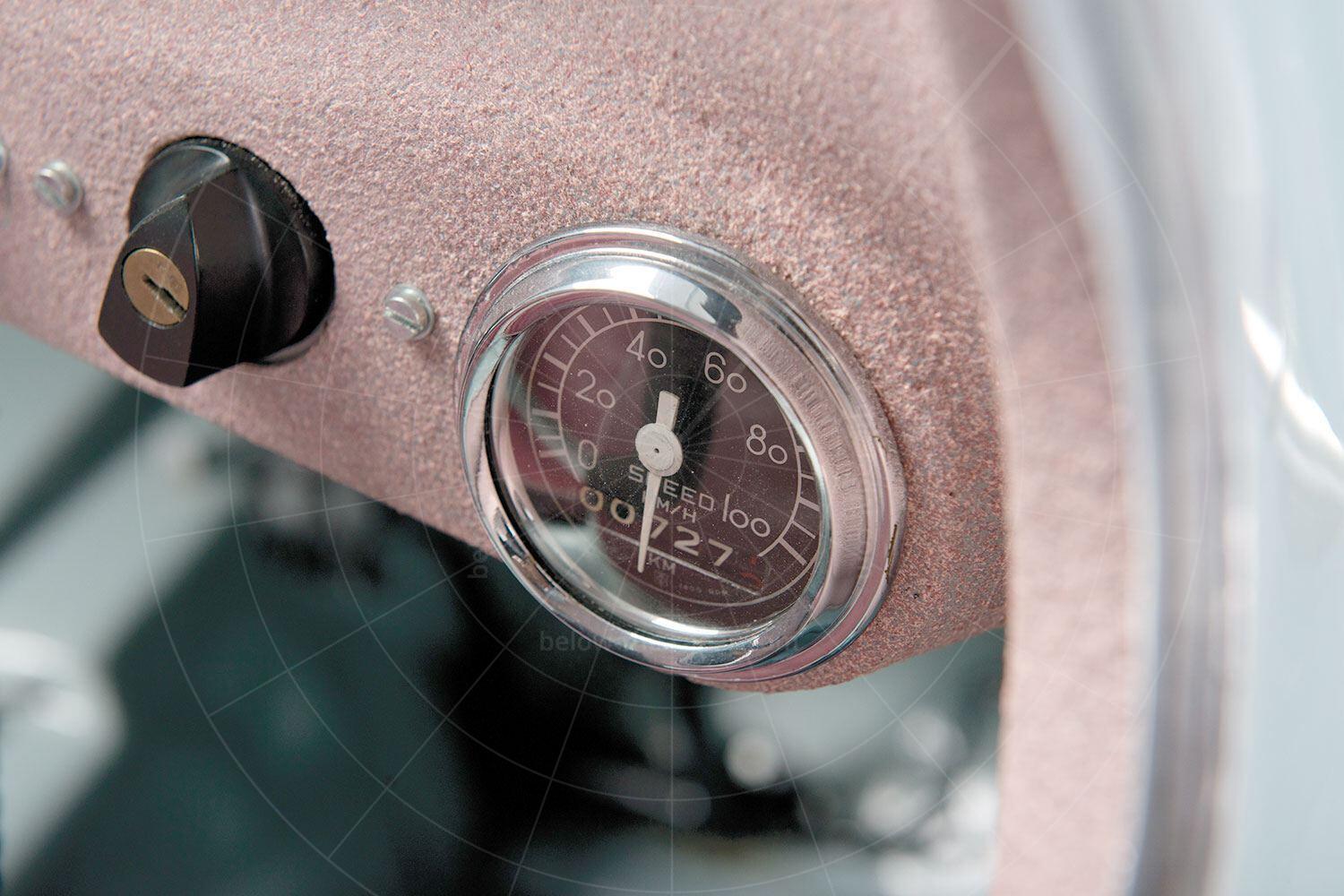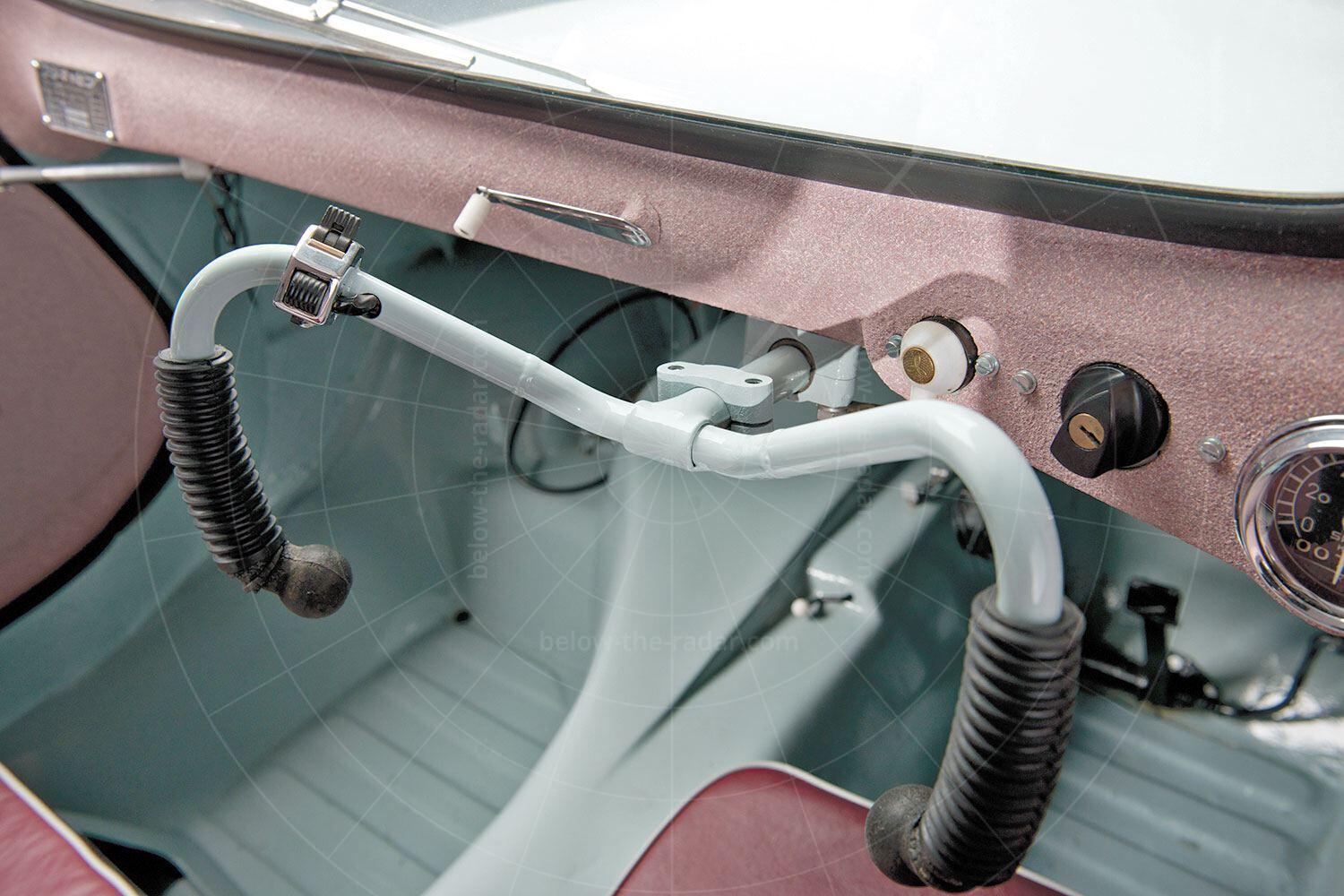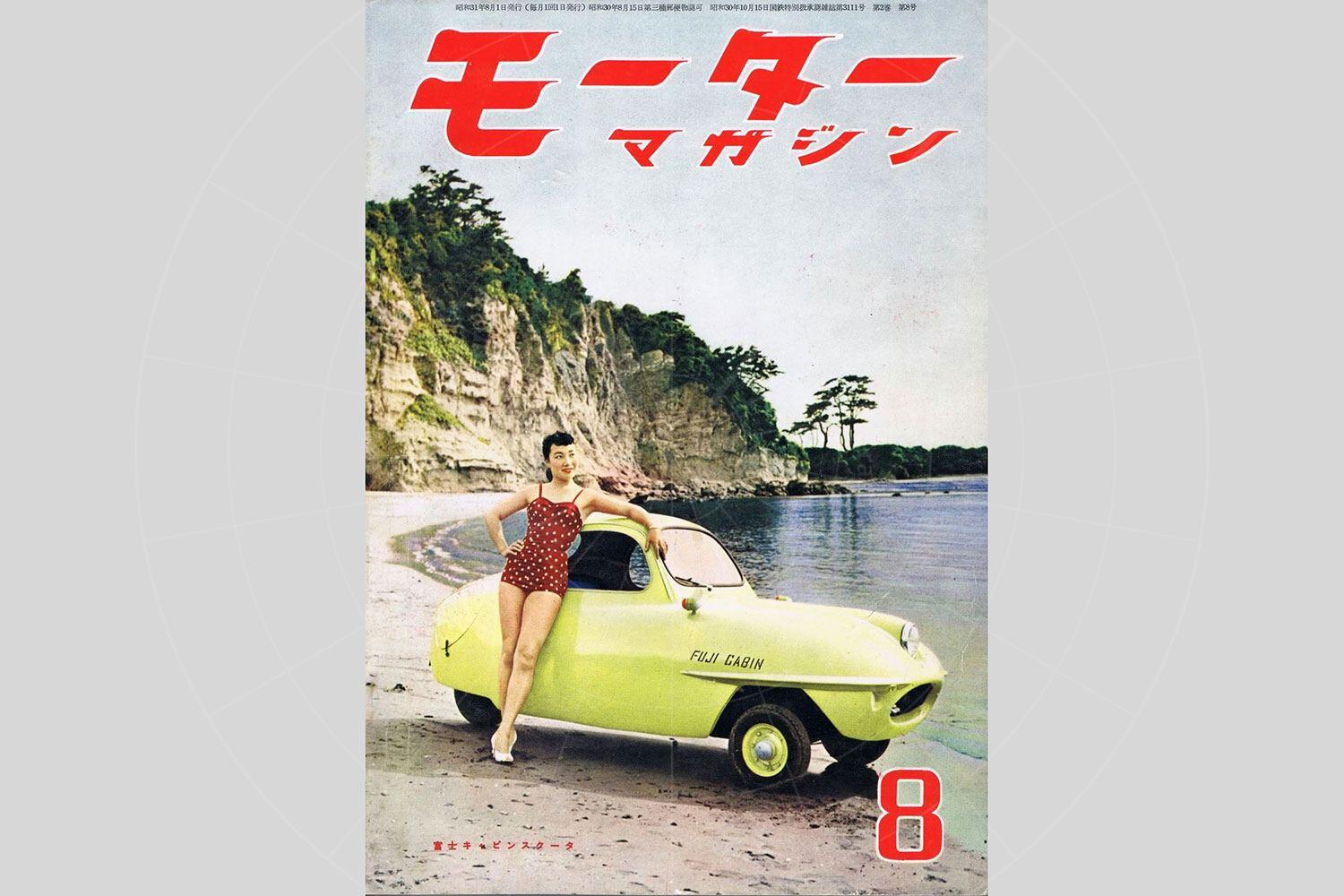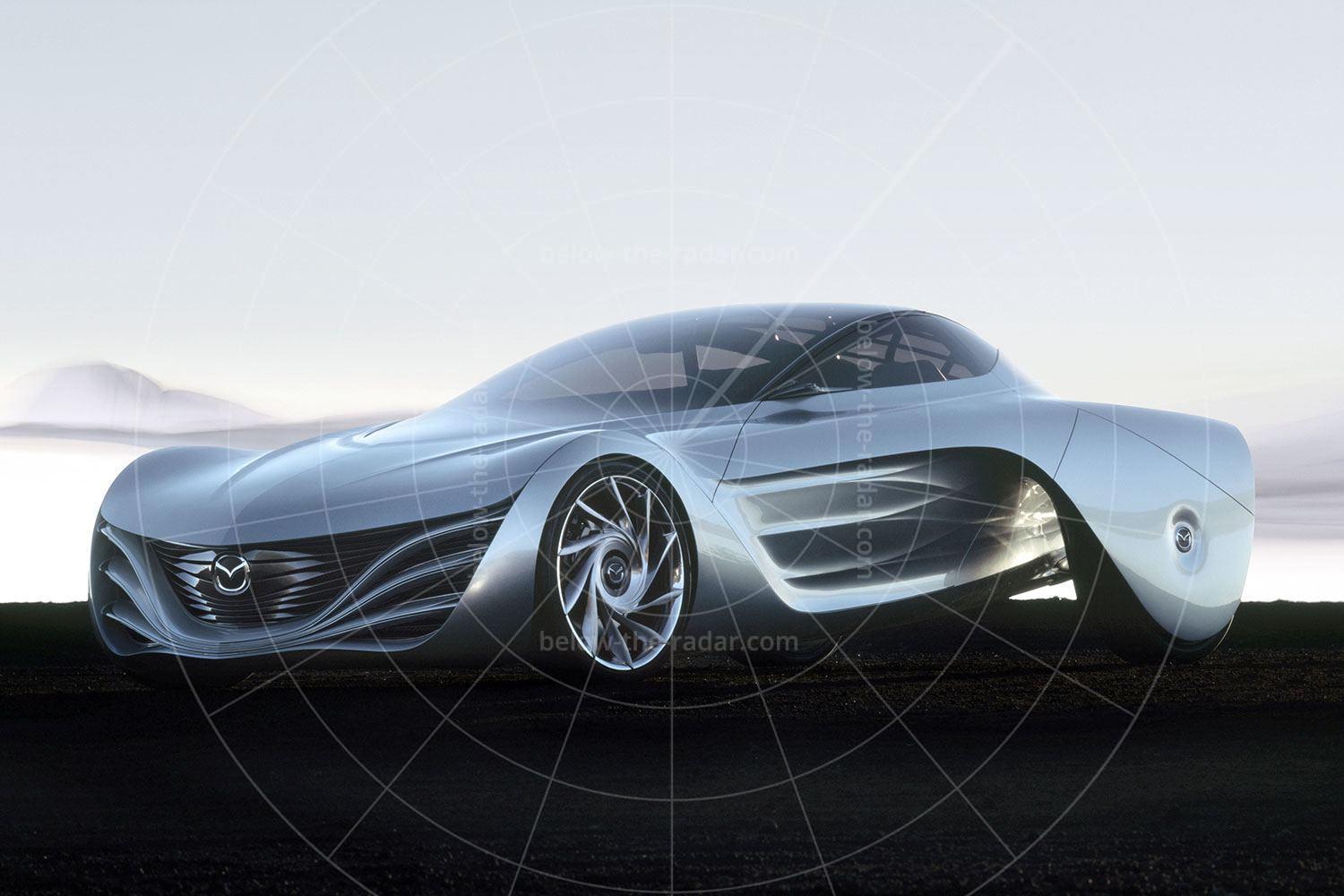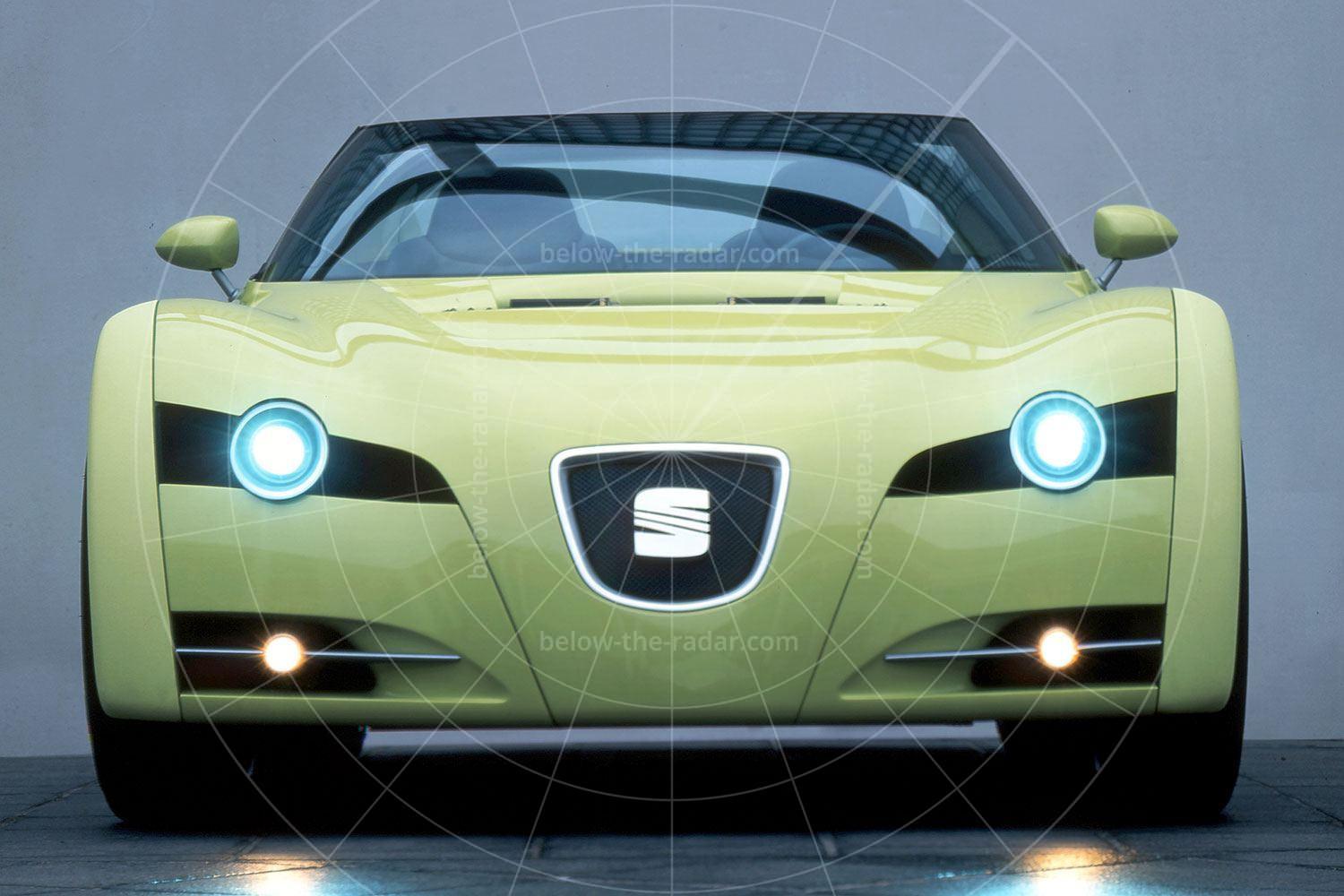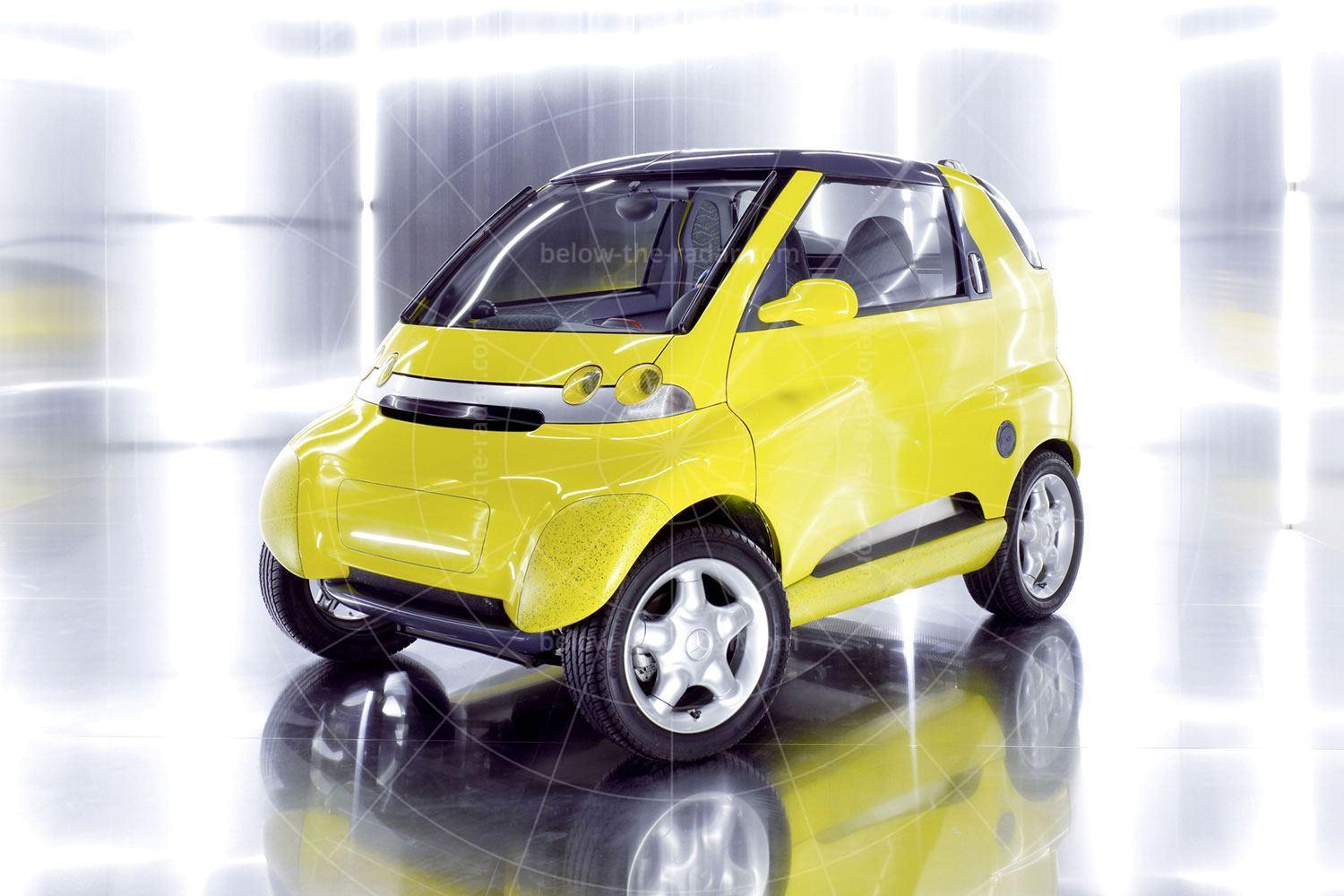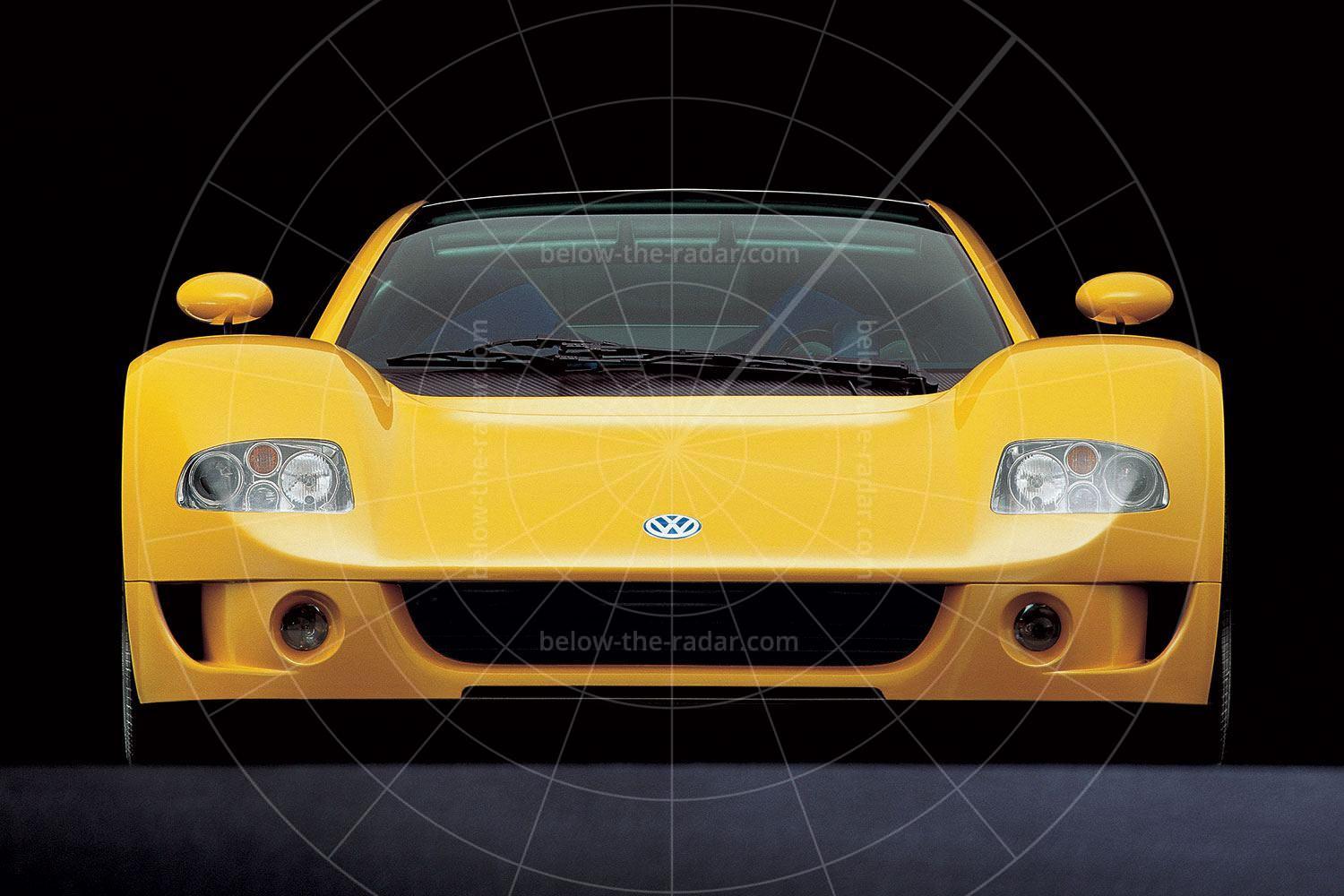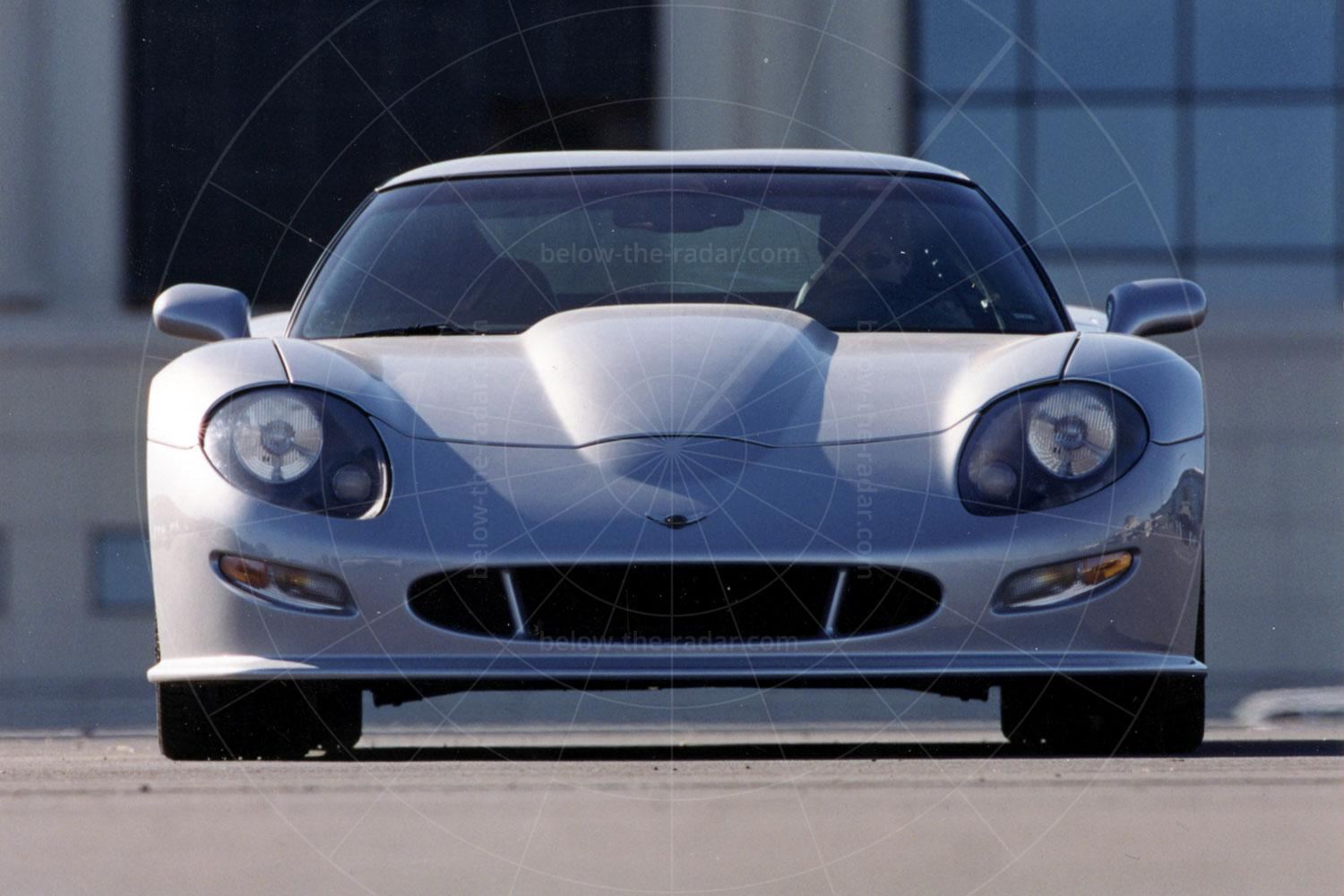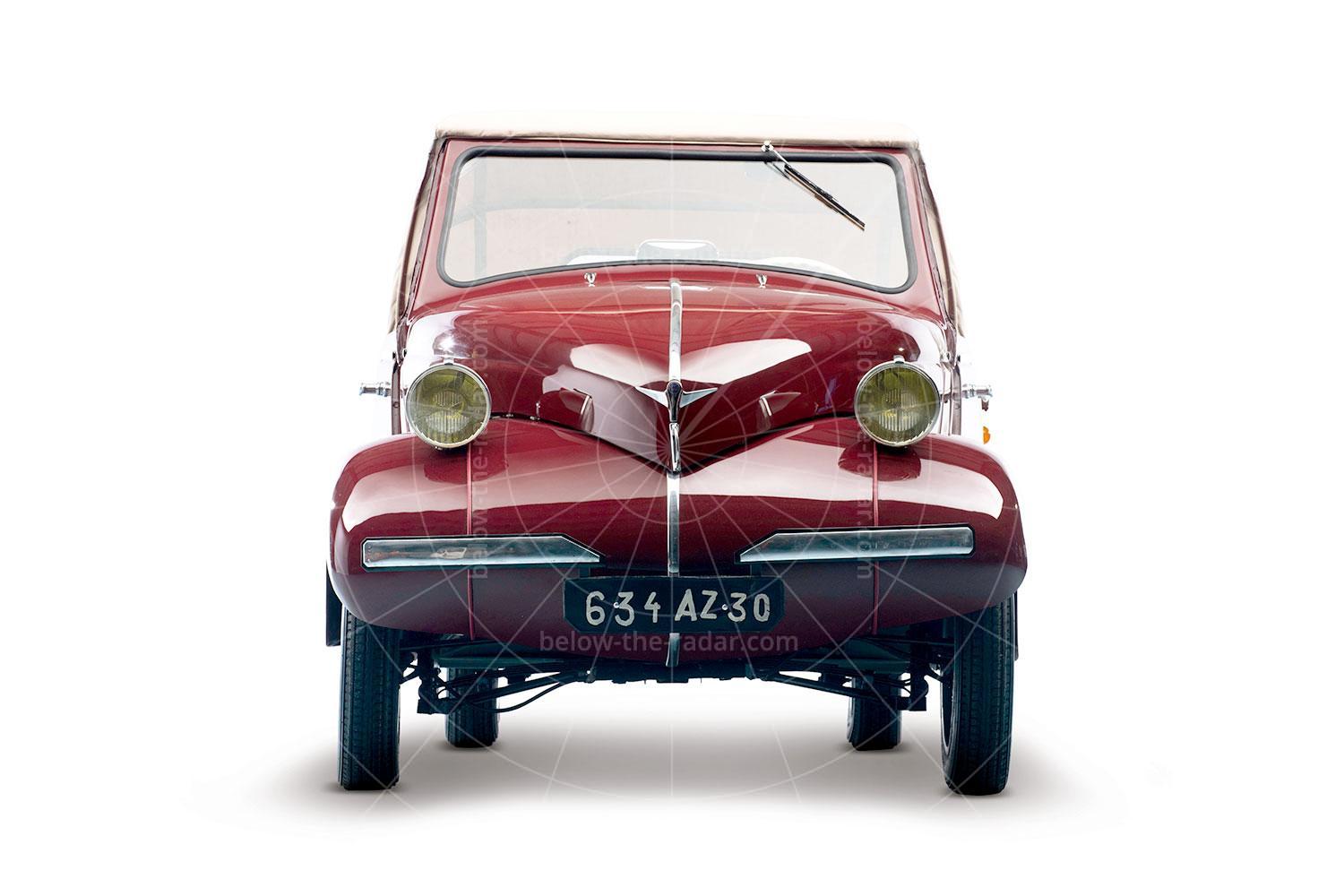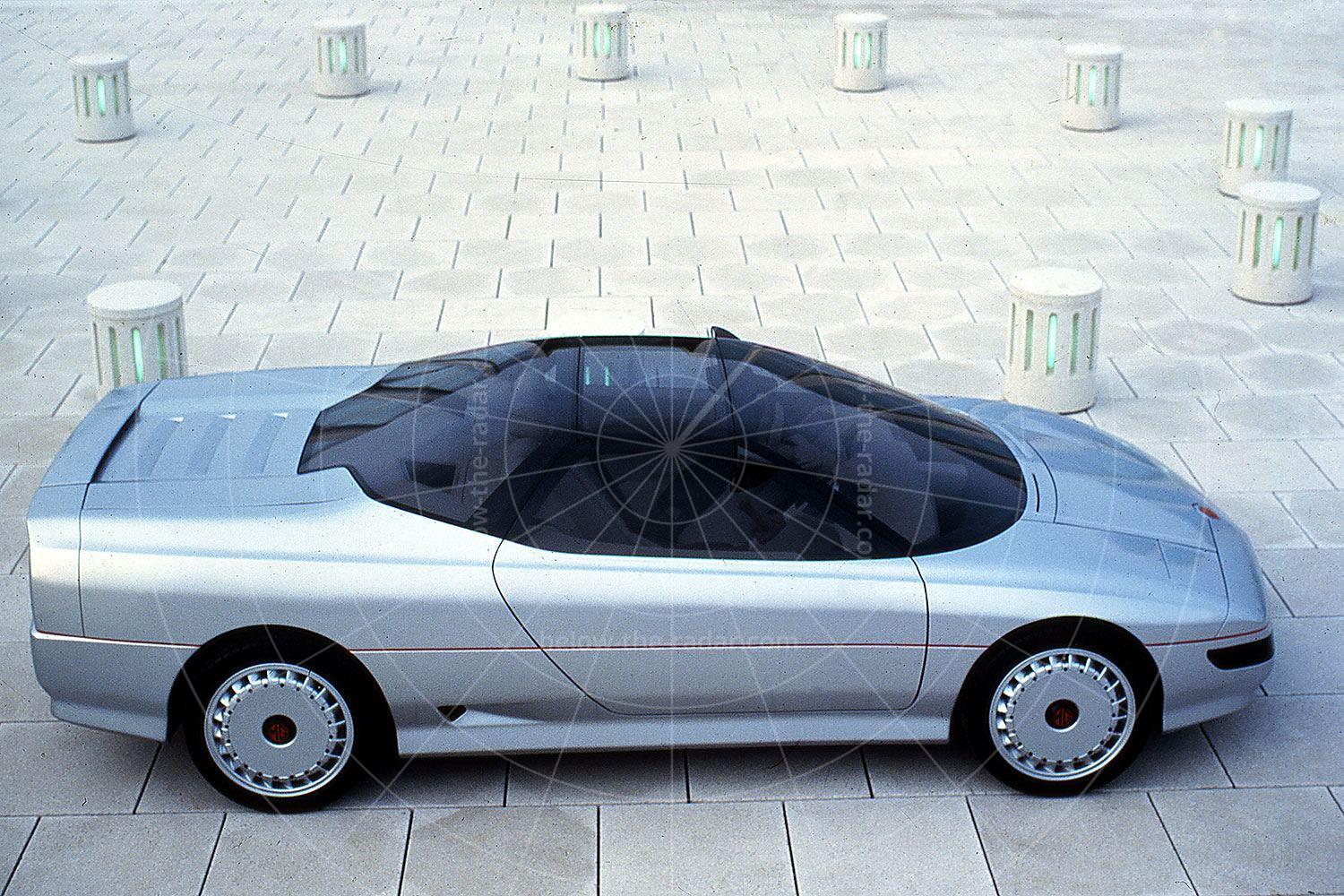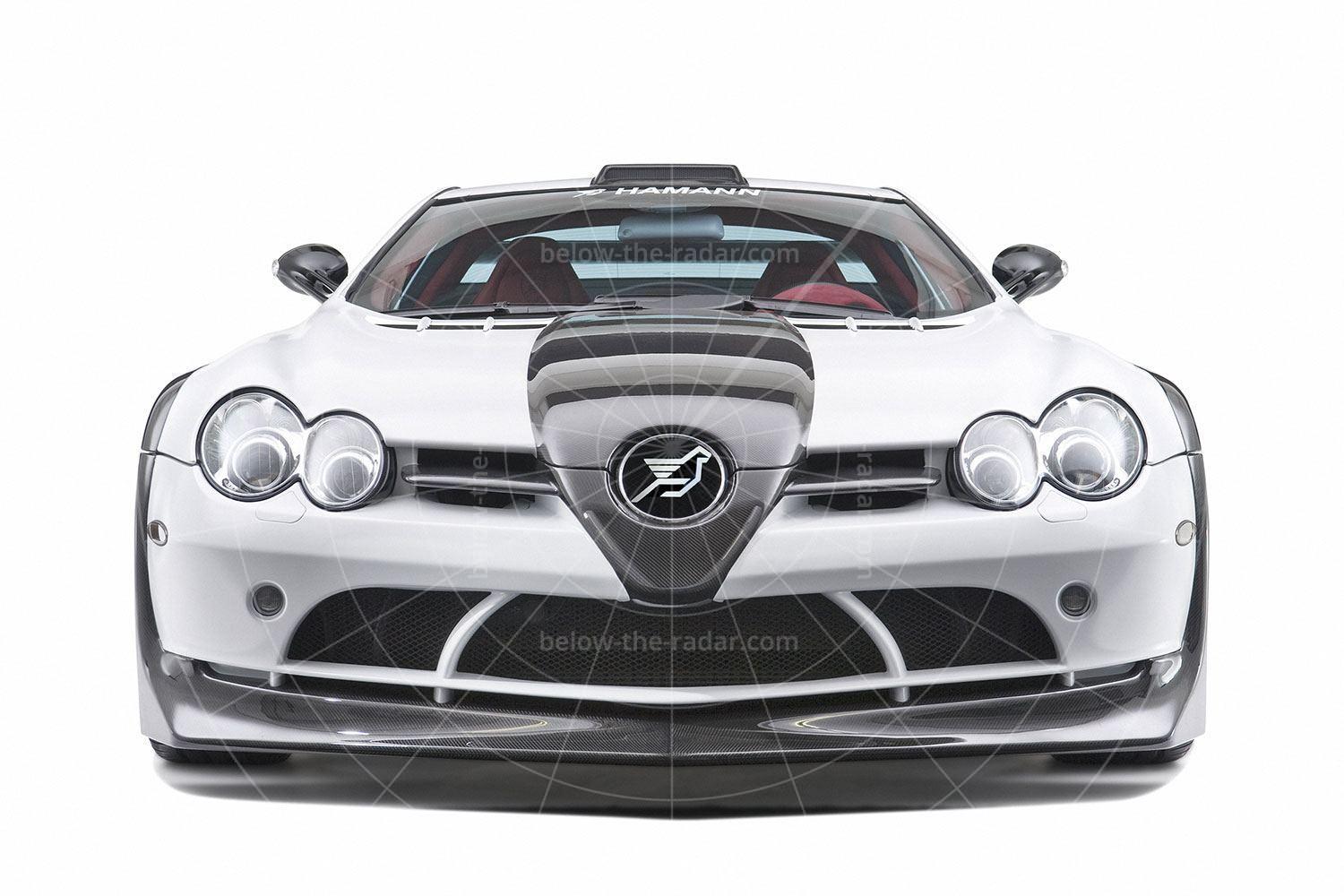For decades Japan has led the way when it comes to usable really small vehicles, thanks to the introduction of kei cars as long ago as 1949. But Japan isn't really known for its microcars (and even less so for its three-wheelers), even though the limit for those earliest kei cars could be as little as 100cc, although for four-stroke models it was 360cc from 1951.
With Japan in tatters in the wake of World War 2, many companies scrambled for survival. In March 1946 the car-making division of the Diesel Automobile Manufacturing Company was divided into the Hino truck and Isuzu car manufacturing businesses. The aviation division became Hitachi Aviation, but developing new aviation technology was strictly forbidden by the Allies, as it was considered a war industry. So Hitachi Aviation, as well as other aircraft companies, tried to survive in non-war-related industries.
Hitachi subsequently changed its name to the Tokyo Gas and Electric Manufacturing Company which, in 1952, began producing 60cc engines for motorbikes and had established itself as an engine producer of mainly small two-stroke engines. It merged with Fuji Automobile and together they built their own motorcycles under the names of Fuji Motor and Gasuden FMC. They also supplied engines to other motorcycle makers, such as Miyata, Zebra, Yamaguchi, Hikari, and Lucky. A decision was soon made to produce a scooter with full weather protection – or in other words, a small car.
Ryuichi Tomiya was commissioned to design this car. He had been in charge of body design at Nissan Motors before the war, and afterwards he was responsible for the design of the Suminoe Flying Feather for Suminoe Manufacturing, of which 150 examples were built between 1954 and 1955. His work was highly respected, and bizarrely he was known as the 'Leonardo da Vinci of Japan'.
Tomiya's masterpiece was the Fuji Cabin, which made its debut at the 1955 Tokyo Motor Show. It was a beautifully streamlined two-seater three-wheeled coupé, and it was powered by a Gasuden scooter engine with kick start. It featured monocoque construction, strengthened by a full-length tunnel bringing cooling air to the engine. There were two rounded beetle-wing lids providing access to the motor and allowing warm air to exit. At first there was a single door on the left, but later cars got one for each side.
The Fuji Cabin appears to have been designed to be driven only by the tiny models seen in the company's publicity pictures, as the car's interior was ludicrously cramped, with far too much effort required to climb over the central tunnel to get into the staggered driver’s seat.
The rack-and-pinion steering was controlled by a set of handlebars that were placed far too close to the driver's seat for comfort, while the small but well-engineered transmission incorporated a reverse gear; something that was unusual for the typical Western scooter-powered microcar. The front wheels were independently sprung on rubber, and the rear was on a swing arm with a coil strut, which provided a comfortable ride. A single centrally placed headlamp graced the Cabin's curvaceous nose while power (all 5.5bhp of it) came from a 122cc single-cylinder two-stroke Gasuden engine.
The Fuji Cabin was generally a high-quality product with a feeling of solidity to its structure, helped by a coat of dense insulation material which was sprayed inside the cabin roof, dashboard, and sides. However, Fuji didn't have any experience of working with glassfibre and the quality of the Cabin bodyshells was quite poor as a result. Some also reckoned that the Fuji Cabin was quite expensive, but with a $650 price tag it was only $160 more than a 250cc Honda Dream motorbike, while a 22cc Rabbit Scooter from Fuji Heavy Industries was a comparatively costly $450 – and the Fuji Cabin offered significantly more comfort and usability than those.
However, despite plans at the outset to build as many as 400-500 Fuji Cabins per month, just 85 were made in all, in a production run that lasted from 1957 into 1958. The short production run was partly because of the poor-quality bodyshells, partly because of the price and partly because Fuji had no experience of marketing, so hardly anybody knew that the Cabin existed. And they still don't – largely because so few have survived. It's thought that just three Fuji Cabins have made it this far.
| Vital statistics | |
|---|---|
| Produced | 1955-1958, Japan |
| Number built | 85 |
| Engine | Rear-mounted, 122cc, 2-stroke, 1-cylinder |
| Transmission | 3-speed manual, rear-wheel drive |
| Power | 5.5bhp |
| Top speed | 30mph approx |
| Price | $650 |
- The Fuji Cabin pictured was sold by RM Sotheby's in 2013 for $126,500. Many thanks to RM Sotheby's for the use of its pictures to illustrate this article.

